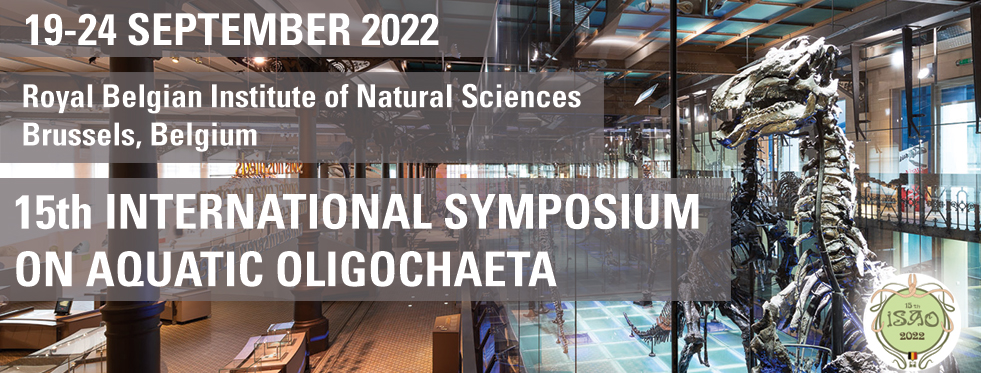Within the oligochaetes, the genus Haplotaxis Hoffmeister, 1843 is particular in several respects. Its constitutive species are generally considered as predators, a rare feeding behaviour within the oligochaetes, essentially detritivores. The genus has a cosmopolitan distribution but remains poorly known because of its rarity related to its presence mainly in groundwater and the fact that several species are only known from immature specimens. The type species Haplotaxis gordioides (Hartmann in Oken, 1819) alone concentrates the problems linked to a fundamental lack of knowledge of this group: supposedly present on most continents, it remains poorly defined because of the absence of reference types and the lack of information on the type locality. At present, we can consider this species as a “waste basket taxon”.
The last decade has seen a renewed of interest in the genus Haplotaxis, because of the development of research programmes dedicated to the study of groundwater biodiversity, and issues related to the existence of cryptic species that genetic data brought back into focus.
This presentation will address various aspects and thoughts related to Haplotaxis, its morphology, diversity and ecology: (1) identification of the type locality of H. gordioides and identification of morphological material that can be used for neotypification of the species, (2) presence of the group in Africa, description of novel morphological structures and discussion of their potential role, arguments favouring the creation of a new genus to accommodate Afrotropical species, (3) reflections on real feeding mode, and (4) discussion on ecological categorization of the species within the subterranean aquatic environment.
Finally, recently obtained genetic results on the diversity of Haplotaxis in Switzerland and France will allow us to reflect on the real diversity of this group and the probable need to revalidate many species that have been synonymized with H. gordioides in the past.

|
|
|
|
On <i>Haplotaxis</i> Hoffmeister, 1843 (Annelida, Clitellata)
1 : Royal Belgian Institute of Natural Sciences, Taxonomy and Phylogeny
(RBINS)
29 rue Vautier 1000-Brussels -
Belgium
3 : Department of Evolutionary Biology and Environmental studies, University of Zurich
Winterthurerstrasse 190, CH-8057 Zurich -
Switzerland
2 : Swiss Federal Institute of Aquatic Science and Technology, Department of Aquatic Ecology
(EAWAG)
Überlandstrasse 133, CH8600 Dübendorf -
Switzerland
4 : Université Lyon 1
(UMR-CNRS 5023 LEHNA)
Université Lyon 1
43 Boulevard du 11 Novembre 1918, 69100 Villeurbanne -
France
5 : Centre ecotox
* : Corresponding author
GR A0 382, EPFL ENAC IIIE-GE, Station 2, 1015 Lausanne -
Switzerland
|
 PDF version
PDF version
